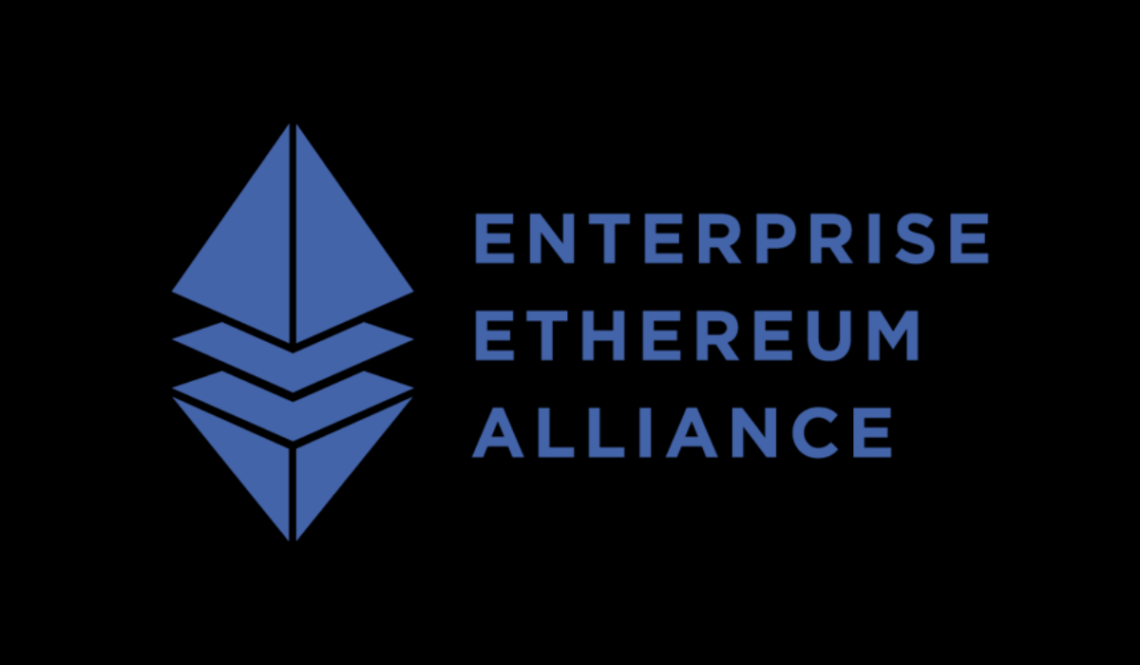- The Ethereum Enterprise Alliance (EEA), Ethereum’s biggest software enterprise, releases new software specializations.
- They released two new statements: EEA Permissioned Blockchains Specifications V1 and Enterprise Ethereum Alliance Client EEA Specification 5.
The Ethereum Enterprise Alliance (EEA), Ethereum’s biggest software enterprise, releases new software specializations. They released two new statements: EEA Permissioned Blockchains Specifications V1 and Enterprise Ethereum Alliance Client EEA Specification 5.
The new specs are likely to balance the relationship between the large corporate companies and their usage of the second-largest blockchain platform, Ethereum. According to the Executive Director of EEA, Ron Resnick, the primary goal of the additional specs is to establish basic ground rules for the type of development that happens in Android. So, what do the newly sanctioned Specifications V1 and Client EEA Specification 5 have to say? Let’s take a quick look at their policies:
The Permissioned Blockchains Specifications V1-
What are the need blockchain specifications? Several vendors are developing Ethereum Enterprise Clients that can communicate as well as interoperate with each other. Hence, it is the primary need to define the blockchain enterprise more formally.
The statements aim at the implementation of the following points:
- Typical enterprise feature for permissioning contracts.
- Adopting the consensus algorithm.
- Cross Chain Interoperability
- Tracing developments for Ethereum 1.x and Ethereum 2.0.
What are the major upgradations of the security pattern designs of the Enterprise? They have implemented the GAS, which is a virtual pricing mechanism. In addition, it helps to protect all the transactions and the smart contracts against the Denial of Service attacks and the resource consumption attacks. However, the specs also have upgradations in the field of cryptanalysis. Hence, they are even expected to decreases the time required for each decryption. Proxy contracts to enable upgrades for core contracts.
Enterprise Ethereum Alliance Client EEA Specification 5:
With the growth of the vendors in the Enterprise, it is a necessity that they can communicate and collaborate reliably on the Ethereum Platform. Nevertheless, Complex interfaces often increase the risks of security. Here are the few implementations deployed for the security of the client:
- Peer to peer protocol implementation.
- Object deserialization routines.
- Ethereum Virtual Machine Implementation
- Key Pair Generation
The peer to peer protocol mainly used to communicate among the nodes of the blockchain platform. Object deserialization is a part of the P2P, but there’s a severe disadvantage to it. Thus, it increases the complexity and, as a result, become more vulnerable to security issues. However, client implementation is still responsible for adequately generating these keys using a well-reviewed cryptographic library.


 Home
Home News
News










